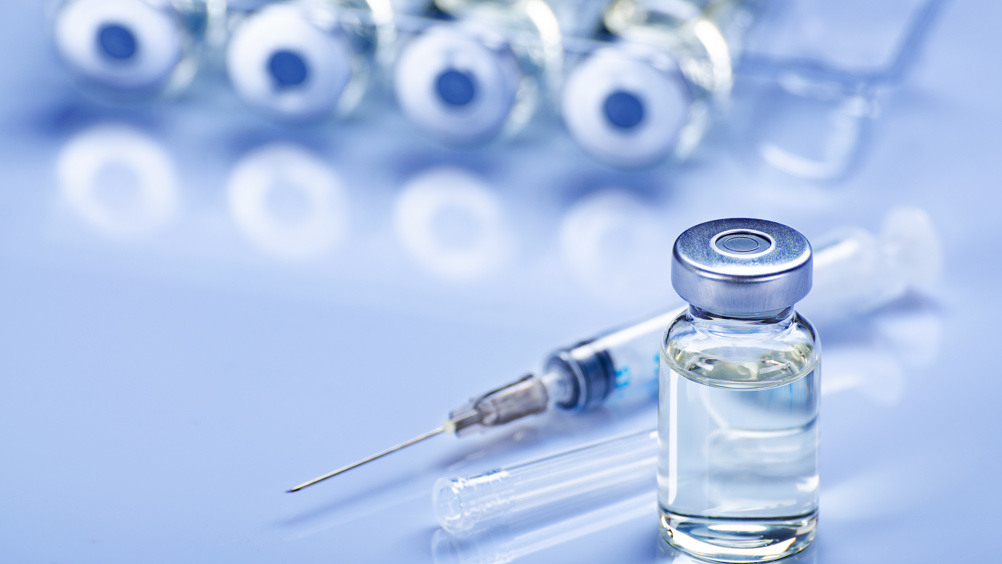References
Classification of antibiotics: the glycopeptides

Abstract
Glycopeptide antibiotics are antibacterial agents that have been in clinical use since the late 1950s, and are indicated for the treatment of severe infection caused by gram-positive bacteria (Hansen et al, 2022). Glycopeptide's mechanism of action is to inhibit bacterial cell wall synthesis, resulting in cell death.
Glycopeptide antibiotics are antibacterial agents that have been in clinical use since the late 1950s, and are indicated for the treatment of severe infection caused by gram-positive bacteria (Hansen et al, 2022). Glycopeptide's mechanism of action is to inhibit bacterial cell wall synthesis, resulting in cell death.
Vancomycin and teicoplanin are the most commonly used glycopeptides in clinical practice. Vancomycin is indicated for the treatment of septicaemia, infective endocarditis, skin and bone infection, and lower respiratory tract infection. Teicoplanin has bactericidal activity against multi-resistant staphylococci infection.
Vancomycin and teicoplanin can cause a type of hypersensitivity reaction known as ‘red man syndrome’. Red man syndrome has been associated with rapid infusion of the first dose of the drug. It typically develops 5–10 minutes after administration and is characterised by itching and flushing of the face, neck and upper chest.
Despite symptoms mimicking an allergic reaction, it is not a true allergy but a non-specific mast cell degranulation. Severe reactions can appear anaphylactoid in nature with hypotension, dyspnoea, pain and muscle spasms over the chest. The risk of red man syndrome can be minimised by intravenously administrating the drug over a longer infusion time.
Register now to continue reading
Thank you for visiting Journal of Prescribing Practice and reading some of our peer-reviewed resources for prescribing professionals. To read more, please register today. You’ll enjoy the following great benefits:
What's included
-
Limited access to our clinical or professional articles
-
New content and clinical newsletter updates each month

